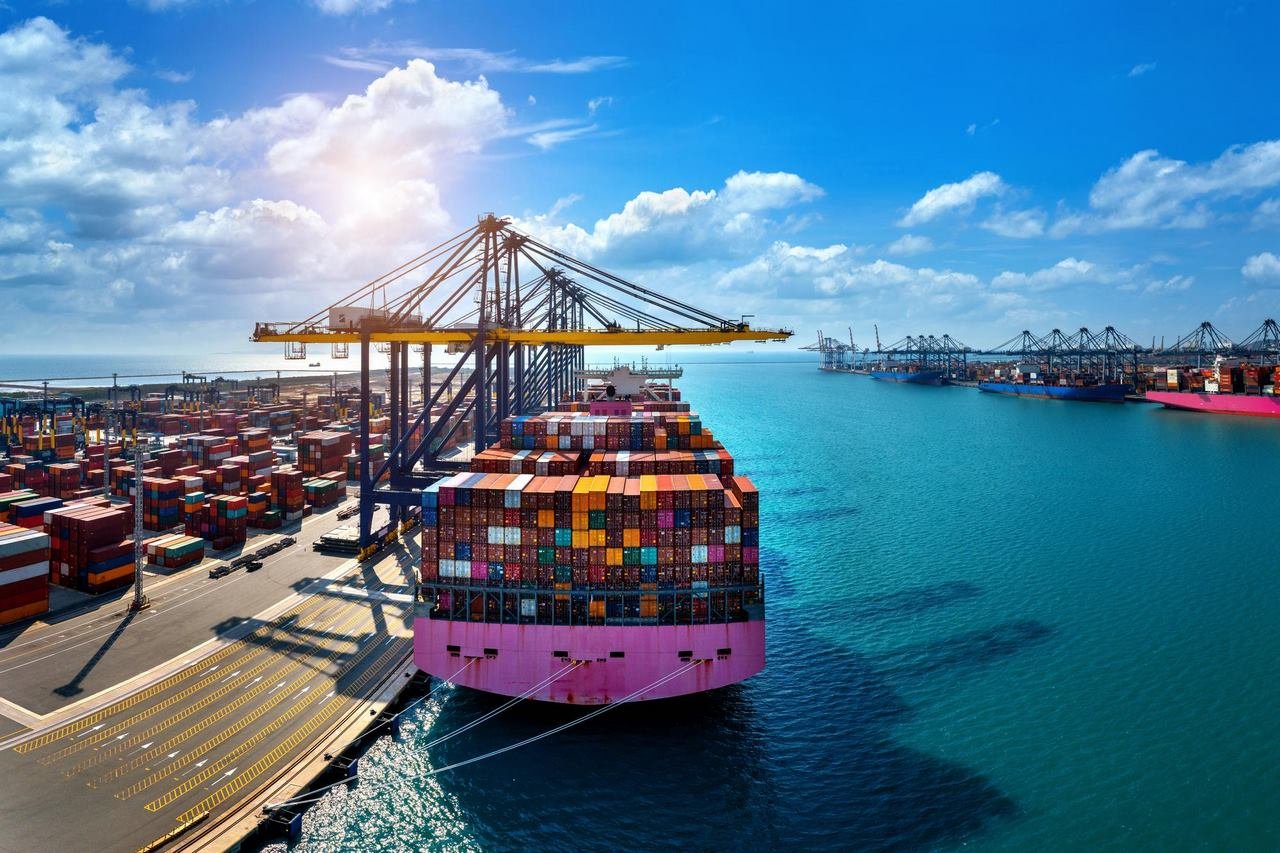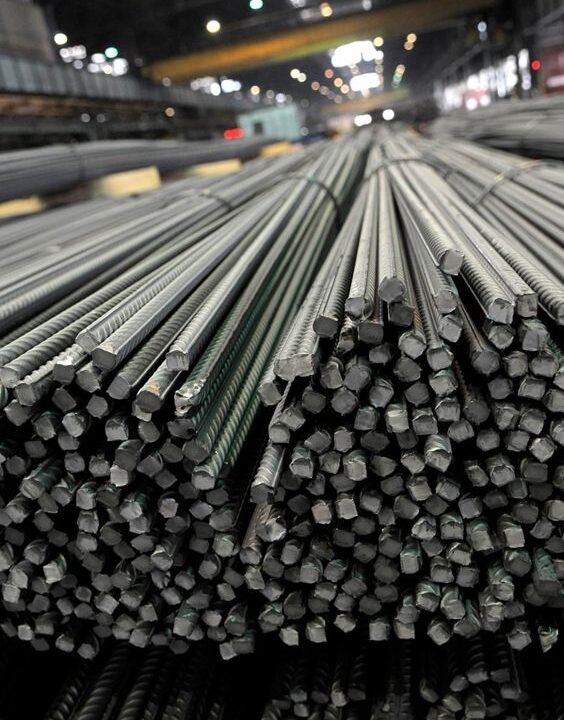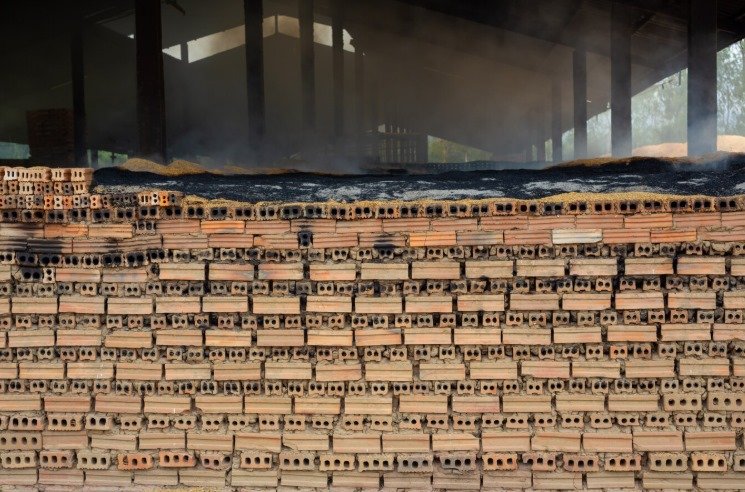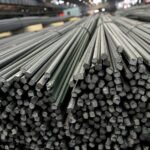In an increasingly interconnected world, the international trade of industrial metals plays a vital role in powering economies, infrastructure, and innovation. Whether it’s copper in electric wiring, aluminum in transport, or steel in construction, global metal flows are the backbone of development. However, this market comes with its share of volatility and complexity.
Top 5 Challenges in Global Metal Trading & How to Overcome Them
At Steelbridge Export, we’ve worked across continents—helping manufacturers, distributors, and contractors navigate the unpredictable terrain of metal procurement and global trading. From freight delays to tariff shocks, we’ve seen it all. The good news? There are proven strategies to manage every challenge.
In this article, we break down the five biggest obstacles in global metal trading—and how businesses can overcome them for smoother operations and smarter profit margins.
1. Price Volatility and Market Fluctuations
The Challenge
One of the defining characteristics of the international trade of industrial metals is price instability. Markets for copper, steel, aluminum, and nickel are influenced by global demand, political events, interest rates, energy prices, and even environmental regulations.
Sudden price hikes—or steep drops—can disrupt financial planning, especially for companies relying on long-term contracts or recurring orders.
How to Overcome It
-
Diversify Your Suppliers: Sourcing from multiple regions can reduce exposure to localized price shocks.
-
Use Hedging Instruments: Financial tools like futures contracts or fixed-price agreements help stabilize your costs.
-
Build Buffer Margins: Set aside contingency budgets in large projects to absorb market-driven cost fluctuations.
-
Stay Informed: Market intelligence and real-time price monitoring should be part of every importer’s toolkit.
Smart companies view volatility as manageable risk rather than an obstacle. It all starts with transparency and preparation.
2. Regulatory Barriers and Changing Trade Policies
The Challenge
One week, you’re importing galvanized steel duty-free. The next, new tariffs or export bans hit, upending your whole plan. Government regulations, environmental laws, customs codes, and sudden policy shifts frequently affect the international trade of industrial metals.
From the U.S.-China trade war to the EU’s green tariffs, businesses must navigate not just economic forces—but political ones too.
How to Overcome It
-
Hire Local Trade Experts: Regional consultants can help interpret current laws and predict upcoming changes.
-
Use Flexible Contract Terms: Include clauses in contracts that allow for renegotiation in case of regulatory disruptions.
-
Automate Compliance: Platforms that manage documentation, track HS codes, and align with international standards save time and reduce errors.
-
Plan with Forecast Scenarios: Run projections under different regulatory assumptions and plan your sourcing accordingly.
Steelbridge Export has successfully helped clients avoid penalties and shipment delays by staying one step ahead of regulatory risks.
3. Logistics Bottlenecks and Freight Capacity
The Challenge
The supply chain crisis of the early 2020s exposed how fragile global logistics really are. Whether due to port congestion, truck driver shortages, or shipping container scarcity, logistics remain a major pain point in the international trade of industrial metals.
Long delivery times, high freight costs, or unreliable transport connections can jeopardize entire production schedules.
How to Overcome It
-
Use Multimodal Transport: Combining sea, rail, and road allows flexibility when one mode faces delays.
-
Negotiate Freight Contracts Early: Locking in annual or semi-annual freight rates gives you price stability.
-
Build Local Buffer Warehouses: Forward-stocking metals near your final destination can reduce risks of downtime.
-
Partner with Reliable Freight Forwarders: Choose logistics partners with proven global networks and customs expertise.
Efficiency in transport is not just about speed—it’s about risk management and delivery certainty. Managing this well gives your business a serious edge.
4. Quality Control and Specification Mismatches
The Challenge
In global sourcing, quality inconsistencies can lead to major losses. Industrial metals must often meet exacting specifications related to grade, finish, strength, or alloy composition. Receiving off-spec products can halt production or damage client trust.
Because buyers often can’t inspect shipments personally before loading, ensuring consistent quality across borders becomes a real challenge.
How to Overcome It
-
Insist on Certification: Only work with suppliers who provide mill test certificates (MTCs) and third-party quality verification.
-
Use Pre-Shipment Inspection Services: Agencies like SGS, Intertek, or Bureau Veritas can inspect and approve shipments before dispatch.
-
Standardize Documentation: Ensure datasheets, invoices, and customs forms are aligned with international standards.
-
Audit Suppliers Annually: A regular review of your vendors’ production practices and quality systems ensures alignment with your expectations.
The international trade of industrial metals hinges on reliability—and that starts with material consistency.
5. Currency Fluctuations and Payment Risks
The Challenge
Trading metals internationally means dealing with multiple currencies—and exchange rate volatility. A few percentage points of currency depreciation can wipe out your profit margins, especially in high-volume, low-margin trades.
Moreover, delayed payments, banking restrictions, or country-specific capital controls can make cross-border financial transactions tricky.
How to Overcome It
-
Use Hedging Tools: Currency futures, swaps, or forward contracts help mitigate FX risk.
-
Invoice in Stable Currencies: When possible, negotiate in USD or EUR to avoid exotic currency exposure.
-
Secure Payments Through LC or Escrow: Letters of Credit and Escrow services reduce payment default risk.
-
Work with Experienced Trade Finance Providers: Financial institutions with global reach can offer tools tailored to your payment terms and destinations.
Managing money flow is just as crucial as moving goods in the international trade of industrial metals. Smart currency strategies separate thriving companies from struggling ones.
Bonus Challenge: Unstable Supply Chains in Emerging Markets
Many industrial buyers seek cheaper sources in regions like Africa, Southeast Asia, or Latin America. But these markets often come with less predictable infrastructure, governance, and financial systems. If a key supplier fails or is delayed, the ripple effects can damage downstream operations.
How to Overcome It
-
Develop Dual Sourcing Channels: Don’t rely on a single supplier or geography for your critical metals.
-
Use Contract Clauses for Delays: Establish penalties or substitution options if agreed delivery windows are missed.
-
Build Strategic Relationships: Invest in long-term partnerships with suppliers who align with your quality and reliability expectations.
Building a Resilient Metal Trading Strategy
Overcoming the top five challenges in international trade of industrial metals requires more than just operational knowledge—it requires a forward-looking mindset and smart partnerships.
Here’s a quick recap of what it takes:
| Challenge | Solution Highlights |
|---|---|
| Price Volatility | Hedging, sourcing diversity, indexed contracts |
| Regulatory Barriers | Compliance tech, local experts, flexible agreements |
| Logistics Disruptions | Multimodal transport, warehousing, contract freight |
| Quality Assurance | Pre-shipment inspection, certification, audits |
| Currency Risks | Forward contracts, stable invoicing, LC/escrow |
Final Thoughts
Global metal trading will always be complex—but with the right strategy, it’s entirely conquerable. Businesses that anticipate challenges, embrace digital tools, and forge strong cross-border relationships will always outperform reactive competitors.
At Steelbridge Export, we believe in proactive planning, risk mitigation, and deep local expertise. Our clients benefit from a seamless trading experience across multiple continents, currencies, and customs zones. If you deal in copper, aluminum, steel, or alloys, the time to invest in a more resilient supply strategy is now.
For more insights and trading strategies that drive global growth, visit yenisana.com—your trusted resource for industrial trade intelligence.
















